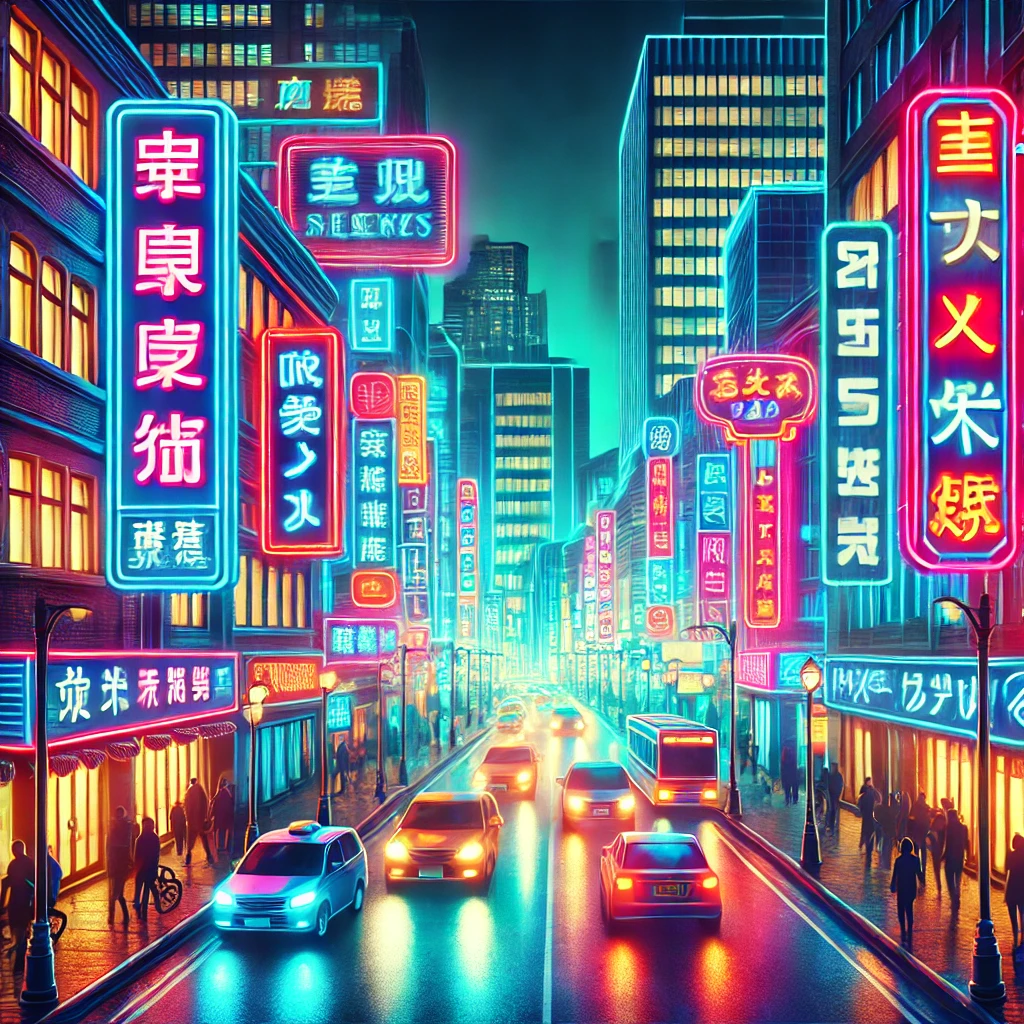Neon lights have captivated people for over a century with their distinctive glow and vibrant colors. From their early use in advertising to their resurgence in modern decor, neon lights continue to shine brightly in both commercial and artistic spaces. Here, we explore the enduring appeal and evolving uses of neon lights in the contemporary world.
The History of Neon Lights
The history of neon lights dates back to the early 20th century when French chemist Georges Claude discovered how to produce light by passing an electric current through neon gas. This discovery led to the creation of the first neon lamp, which Claude showcased at the Paris Motor Show in 1910. Neon quickly became a popular medium for advertising, known for its eye-catching brilliance and ability to attract attention.
The Golden Age of Neon
The period from the 1920s to the 1960s is often considered the golden age of neon. During this time, neon signs became ubiquitous in cities like New York, Las Vegas, and Los Angeles, lighting up storefronts, theaters, and restaurants. Iconic neon signs from this era, such as the Las Vegas Strip and Times Square billboards, have become cultural landmarks, symbolizing the vibrant energy of urban life.
Decline and Resurgence
By the 1970s, the popularity of neon lights began to decline due to the rise of new lighting technologies like LED. Neon signs were also criticized for their high maintenance costs and energy consumption. However, in recent years, neon has experienced a resurgence, driven by a renewed appreciation for its unique aesthetic and nostalgic appeal.
Modern Uses of Neon Lights
Today, neon lights are used in a variety of creative and functional ways. Here are some of the modern applications of neon lighting:
Interior Design: Neon lights have become a popular element in home decor, adding a touch of retro charm and contemporary flair. Custom neon signs with personalized messages or artistic designs can enhance the ambiance of living rooms, bedrooms, and home offices.
Commercial Spaces: Businesses continue to use neon signs to attract customers and create a distinctive brand identity. Neon lighting is particularly effective in retail stores, bars, and restaurants, where it can create a welcoming and vibrant atmosphere.
Events and Celebrations: Neon lights are increasingly used in event decor, from weddings and parties to corporate events. They provide a memorable backdrop for photos and add a festive touch to any celebration.
Artistic Expression
Beyond their commercial applications, neon lights have become a medium for artistic expression. Contemporary artists like Tracey Emin and Bruce Nauman have incorporated neon into their work, using the medium to explore themes of light, language, and emotion. Neon art installations are now featured in galleries and museums around the world, highlighting the cultural significance and versatility of neon lighting.
Sustainability and Innovation
While traditional neon lights have faced criticism for their environmental impact, advancements in technology are addressing these concerns. Modern neon signs can be made using LED neon flex, which mimics the look of traditional neon while being more energy-efficient and durable. Additionally, efforts are being made to recycle neon tubes and develop sustainable manufacturing practices.
The Future of Neon Lights
The future of neon lights lies in their ability to blend tradition with innovation. As designers and artists continue to experiment with neon, new possibilities for its use will emerge. Whether in commercial signage, home decor, or artistic installations, neon lights are poised to remain a vibrant and dynamic part of our visual landscape.
Conclusion
Neon lights have journeyed from a revolutionary invention to a beloved cultural icon, illuminating our world with their distinctive glow. Their enduring appeal lies in their unique ability to combine vintage charm with modern design. As neon lights continue to evolve, they remind us of the timeless beauty and creativity that light up our lives.



